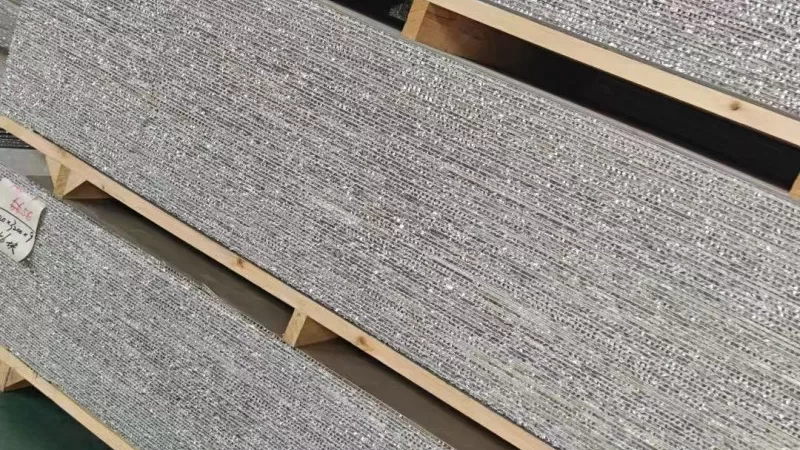In the world of modern construction and design, choosing the right material is key. Aluminum panels are popular for their strength, lightness, and modern look. Two common types are the aluminum honeycomb panel and the aluminum composite panel. While both are made with aluminum, they have very different structures and uses. Understanding these differences is crucial for anyone involved in architecture, building, or manufacturing.
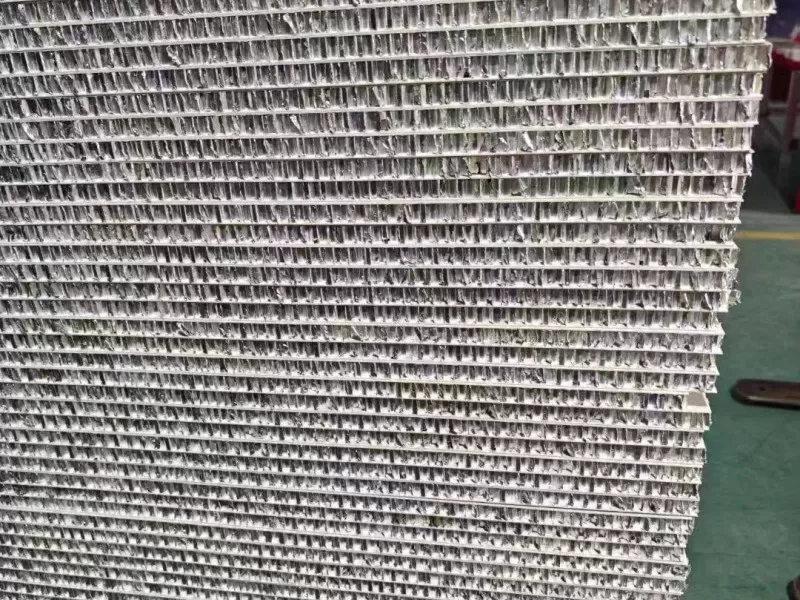
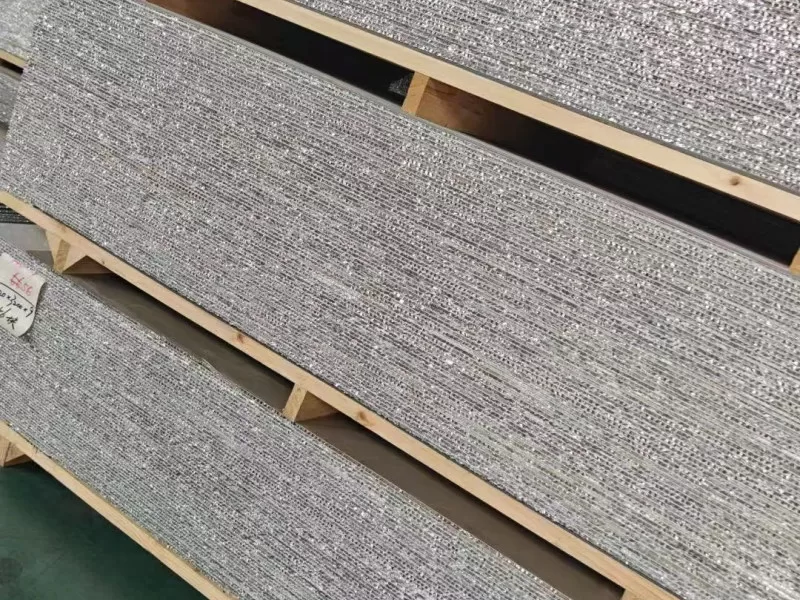
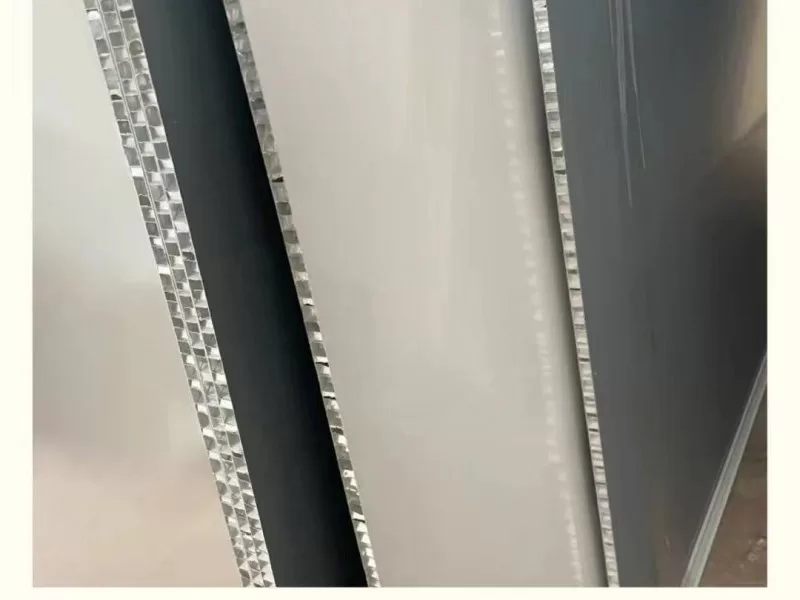
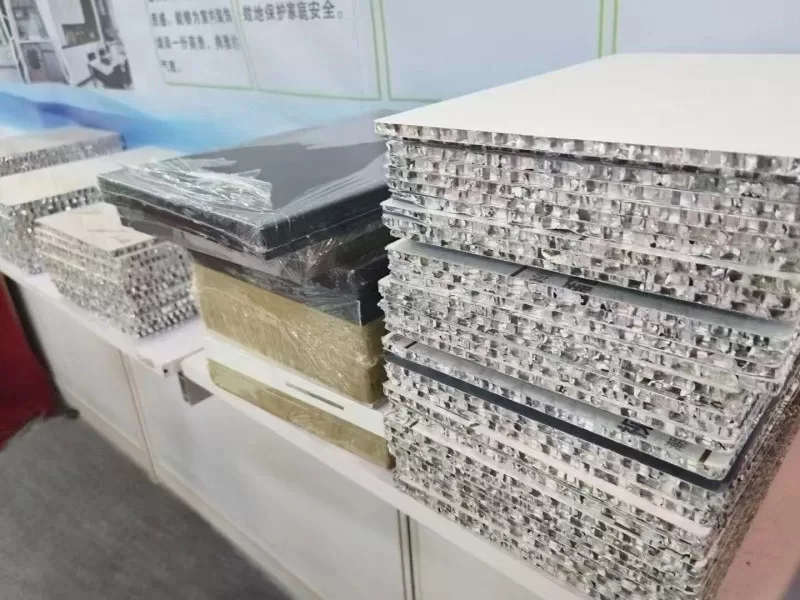
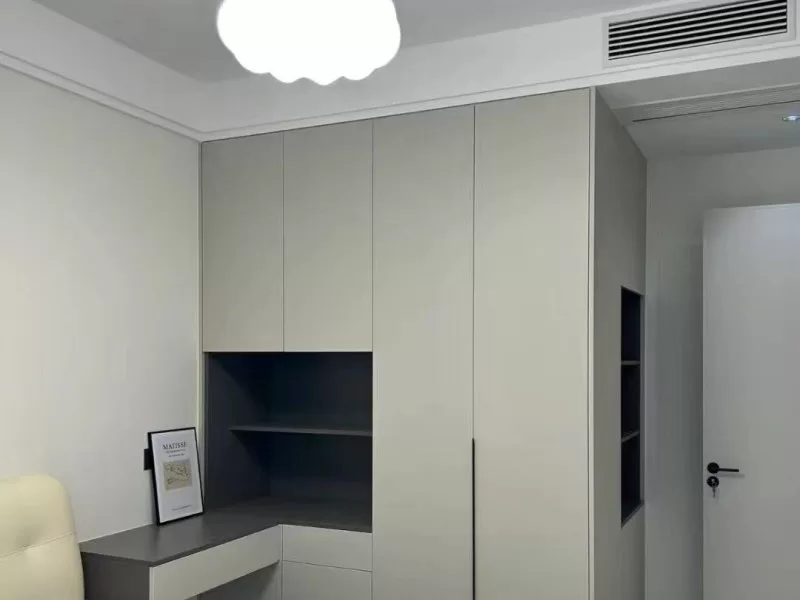
Understanding Aluminum Honeycomb Panels (AHCP)
An aluminum honeycomb panel (AHCP) is a type of sandwich panel. Imagine a slice of honeycomb from a beehive – that’s the inspiration for its core. It consists of two thin aluminum sheets, called skins, which are bonded to a thick core made of hexagonal aluminum cells. This unique honeycomb core structure gives the panel incredible strength while keeping it extremely light.
Because of its design, the aluminum honeycomb panel offers exceptional rigidity and flatness, even over large areas. This makes it ideal for applications where a perfectly flat surface is needed. It also offers good sound insulation and thermal insulation properties, thanks to the air trapped within its cellular structure. This combination of being a lightweight aluminum panel with high performance makes it a premium choice.
Understanding Aluminum Composite Panels (ACP)
An aluminum composite panel (ACP) is also a sandwich panel, but its internal structure is different. It is made of two thin aluminum cover sheets that are bonded to a non-aluminum core. This core is typically made from polyethylene (PE) plastic or a fire-retardant (FR) mineral-filled material. The layers are laminated together under heat and pressure to create a single, stable panel.
Aluminum composite panels are known for their versatility and ease of fabrication. They can be cut, bent, routed, and folded easily, making them highly adaptable for various designs. ACP comes in a vast range of colors, textures, and finishes, including metallic, solid, and even patterns that mimic wood or stone. This aesthetic flexibility, combined with its cost-effectiveness, makes ACP cladding a very popular building material globally.
Specification: Key Differences in Performance
When comparing these two panels, their performance specifications show distinct advantages for different uses.
Weight
The most significant difference is often weight.
- Aluminum honeycomb panels are incredibly lightweight for their size and strength. The honeycomb core contains mostly air, making the overall panel much lighter than solid aluminum or other composite materials. This feature is vital for applications where weight reduction is critical, like in aerospace or large-scale facade cladding.
- Aluminum composite panels are also considered lightweight compared to traditional materials like solid metal sheets. However, they are generally heavier than AHCP of the same size, mainly due to their denser plastic or mineral core.
Strength and Rigidity
- Aluminum honeycomb panels boast superior rigidity and high bending strength. The unique structure distributes stress evenly, preventing deformation and ensuring the panel remains extremely flat, even when used for large, unsupported spans. This “sandwich” principle is highly effective.
- Aluminum composite panels offer good rigidity, especially when made with thicker aluminum skins or an FR core. However, they typically cannot match the extreme flatness and stiffness of AHCP over very large areas without additional support.
Flatness
- Aluminum honeycomb panels are renowned for their excellent flatness. This makes them ideal for applications requiring a perfectly smooth and uninterrupted surface, such as high-end architectural exteriors or precision industrial uses.
- Aluminum composite panels also provide good flatness and a smooth surface, which is sufficient for most standard building facades and signage applications.
Sound and Thermal Insulation
- Aluminum honeycomb panels are effective insulators. The air trapped within the honeycomb cells acts as a natural barrier, significantly improving both sound and thermal insulation properties. This can contribute to energy efficiency and quieter interiors.
- Aluminum composite panels provide some level of insulation, but generally less than AHCP. Their insulation properties depend more on the core material’s density.
Fire Performance
- Aluminum honeycomb panels are largely non-combustible because both the aluminum skins and the aluminum honeycomb core are non-combustible materials. This makes them highly suitable for projects with strict fire safety regulations.
- Aluminum composite panels come in different fire ratings. Standard ACP with a PE (polyethylene) core is combustible. However, fire-rated ACP with a mineral-filled FR (fire-retardant) core is widely available and meets higher fire safety standards, making it suitable for many facade cladding applications on high-rise buildings.
Classification: Core Materials and Applications
Both types of panels can be classified in different ways, primarily by their core material, surface finish, and intended use.
Aluminum Honeycomb Panel Classification
While primarily defined by its distinctive honeycomb core, AHCP can be further classified by:
- Core Material: Though usually aluminum, other materials like aramid or fiberglass can be used for the core in specialized applications.
- Skin Thickness: Varying the thickness of the aluminum skins affects the panel’s overall strength and rigidity.
- Overall Panel Thickness: As detailed below, this is a key specification.
- Surface Finish: AHCP can have various finishes, including PVDF coatings, powder coatings, or anodized finishes, just like other aluminum products.
Aluminum Composite Panel Classification
ACP’s classification is more diverse due to its core and finish options:
- Core Type: This is the most crucial classification:
- PE Core ACP: Features a polyethylene core, commonly used for signage and lower-rise buildings.
- FR Core ACP: Contains a fire-retardant mineral-filled core, mandatory for many building codes, especially for exterior cladding on taller structures.
- Surface Finish: A wide array of finishes defines ACP’s aesthetic versatility:
- PVDF Coating: Highly durable, weather-resistant, and color-stable, ideal for exterior use.
- Polyester (PE) Coating: More economical, suitable for interior or shorter-term exterior applications.
- Special Finishes: Such as brushed, mirror, wood grain, stone grain, and often metallic colors, offering extensive design possibilities.
- Application Specific: Often categorized as Exterior ACP or Interior ACP based on coating durability and fire rating.
Thickness: A Critical Specification
The panel thickness is a key specification that impacts performance, cost, and application.
Aluminum Honeycomb Panel Thickness
For aluminum honeycomb panels, thickness refers to the overall depth of the panel, from one outer skin to the other.
- Overall Panel Thickness: These panels typically range from 6mm to 100mm or more. Thicker panels provide greater stiffness and better insulation properties.
- Aluminum Skin Thickness: The outer aluminum skins are usually quite thin, often ranging from 0.5mm, 0.8mm, or 1.0mm. The strength comes from the thick core, not just the skin.
- Honeycomb Cell Size: The size of the hexagonal cells within the core also affects strength, rigidity, and cost. Smaller cells generally provide more strength and better flatness.
Aluminum Composite Panel Thickness
For aluminum composite panels, both the overall panel thickness and the aluminum skin thickness are important.
- Overall Panel Thickness: The most common ACP thickness options are 3mm, 4mm, and 6mm. Thicker panels offer more rigidity and are often chosen for larger facade elements or areas exposed to higher impact.
- Aluminum Skin Thickness: The thickness of the aluminum skin on each side of the core ranges from 0.10mm (for economy signage) to 0.50mm (for robust architectural facade cladding). A thicker aluminum skin significantly contributes to the panel’s rigidity and durability.
Applications: Where Each Panel Shines
Both panels have diverse applications, but their unique properties make them better suited for different environments.
Aluminum Honeycomb Panel Applications
- Aerospace Industry: Ideal for aircraft floors, galleys, and interior panels due to extreme lightweight and strength.
- Marine Vessels: Used for ship interiors, bulkheads, and deck components where weight saving is crucial.
- Rail Transportation: Found in train carriages and metro interiors for their rigidity and lightweight properties.
- Architectural Cladding: Premium choice for high-rise buildings, large-span exterior walls, and curtain walls where superior flatness and long-term durability are paramount.
- Cleanroom Walls and Ceilings: The smooth, flat surface and excellent rigidity make them suitable for sterile environments.
- Flooring: Used for raised access floors or truck body floors due to high strength-to-weight ratio.
- Furniture Components: In lightweight tables and panels where strength without bulk is desired.
- Industrial Applications: Machine enclosures, solar panel substrates, and other areas needing stiff, light panels.
Aluminum Composite Panel Applications
- Building Facades and Exterior Wall Cladding: The most common use, offering a modern look, weather resistance, and design flexibility.
- Signage and Display Panels: Billboards, shop fronts, and corporate identity signs benefit from ease of fabrication and wide color options.
- Interior Wall Decoration and Partitions: Used in offices, retail spaces, and public buildings for sleek, easy-to-maintain surfaces.
- Ceilings and Column Covers: Providing aesthetic and practical solutions for overhead and structural elements.
- Canopies and Awnings: Offering weather protection and design integration.
- Retail and Commercial Building Renovation: A popular choice for quick and effective modernizations.
Choosing the Right Panel for Your Project
The decision between an aluminum honeycomb panel and an aluminum composite panel depends on several factors: your project’s specific requirements, budget, desired performance, and aesthetic goals.
Choose an aluminum honeycomb panel if:
- Your project demands extreme lightness combined with high strength and rigidity.
- Superior flatness over large areas is essential.
- Excellent thermal and sound insulation are required.
- Fire safety is a top priority (non-combustible materials).
- Your budget allows for a premium material with long-term performance benefits.
Choose an aluminum composite panel if:
- Cost-effectiveness is a primary concern.
- Design versatility and a wide range of finishes are needed.
- Ease of fabrication and installation for complex shapes are important.
- Standard good rigidity and weather resistance are sufficient for your facade cladding or signage needs.
- A fire-rated option (FR core) meets your safety requirements.
Conclusion
Both the aluminum honeycomb panel and the aluminum composite panel are excellent choices in their respective fields, offering distinct advantages for various applications. The aluminum honeycomb panel excels in situations demanding ultimate lightness, strength, and flatness, making it a high-performance, often premium, solution. The aluminum composite panel, on the other hand, stands out for its versatility, ease of use, and cost-effectiveness, making it a popular choice for a broader range of building facades and decorative applications. By understanding these key differences in panel specification, classification, and thickness, you can make an informed decision and ensure the success of your construction and design projects.
